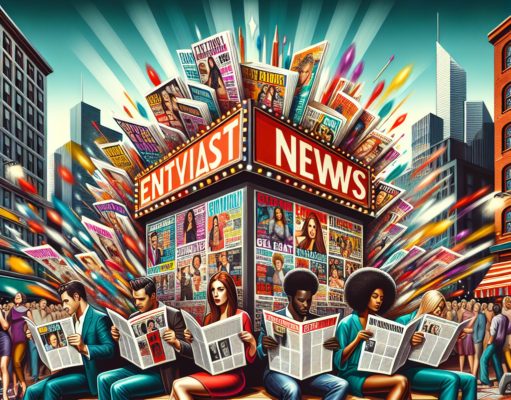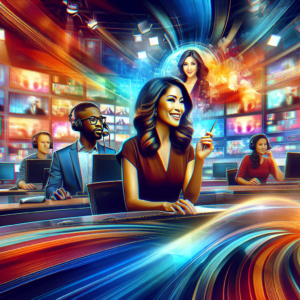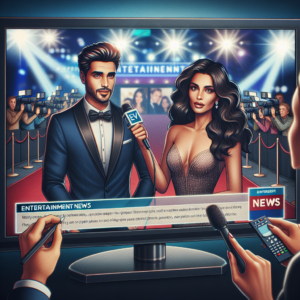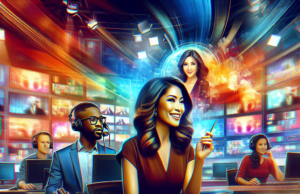Unraveling the Chaos: The Hidden Costs of Contract Disputes

In the complex world of business, contracts serve as the backbone of transactions, outlining the terms and expectations between parties. However, when misunderstandings arise, contract disputes can emerge, leading to a cascade of negative consequences. This article delves into the multifaceted nature of contract disputes, exploring their common causes, financial implications, legal ramifications, and the often-overlooked hidden costs associated with prolonged negotiations. Furthermore, we will discuss effective strategies for mitigating these disputes, emphasizing the importance of clear and comprehensive contracts in fostering healthy business relationships.
Understanding Contract Disputes: An Overview of Common Causes and Consequences
Contract disputes typically arise from a variety of factors, including ambiguous language, differing interpretations of terms, and unmet obligations. Common causes include failure to deliver goods or services as promised, disagreements over payment terms, and breaches of confidentiality. The consequences of these disputes can be severe, ranging from financial losses to damaged relationships. In many cases, disputes escalate into litigation, which can further complicate matters and lead to additional costs. Understanding the root causes of these disputes is essential for businesses to navigate the complexities of contractual agreements effectively.
The Financial Implications: Direct and Indirect Costs of Contract Disputes
The financial implications of contract disputes can be staggering, encompassing both direct and indirect costs. Direct costs may include legal fees, court costs, and expenses related to arbitration or mediation. Indirect costs, on the other hand, can be even more damaging, as they often manifest in lost business opportunities, decreased productivity, and a tarnished reputation. For instance, a company embroiled in a contract dispute may find it challenging to secure new contracts or partnerships, leading to a significant loss of revenue. Furthermore, the financial strain of prolonged disputes can divert resources away from core business activities, hindering overall growth and innovation.
Legal Ramifications: How Disputes Affect Business Relationships and Reputation
Legal ramifications of contract disputes extend beyond the courtroom, impacting business relationships and reputations significantly. When disputes arise, trust between parties can erode, making future collaborations difficult. The public nature of legal proceedings can also tarnish a company’s reputation, as stakeholders, clients, and potential partners may perceive the organization as unreliable or contentious. Additionally, the legal precedents set by contract disputes can influence industry standards, potentially affecting how contracts are negotiated and enforced in the future. Thus, the legal fallout from disputes can have long-lasting effects on a company’s standing in the marketplace.
Time Loss and Resource Drain: The Hidden Costs of Prolonged Negotiations
Prolonged negotiations stemming from contract disputes can result in substantial time loss and resource drain. The process of resolving disputes often requires significant time investment from key personnel, diverting their focus from essential business operations. This diversion can lead to decreased employee morale, as staff members may feel overwhelmed by the additional workload and stress associated with conflict resolution. Moreover, the longer a dispute lingers, the more resources are consumed, whether through legal consultations, administrative overhead, or lost productivity. Consequently, the hidden costs of prolonged negotiations can be detrimental to an organization’s overall efficiency and effectiveness.
Mitigation Strategies: Preventing Contract Disputes Before They Arise
To mitigate the risk of contract disputes, businesses should adopt proactive strategies that emphasize clarity and communication. First and foremost, contracts should be drafted with precision, using clear language that leaves little room for interpretation. Engaging legal professionals during the drafting process can help ensure that all terms are comprehensive and enforceable. Additionally, fostering open lines of communication between parties can facilitate the early identification of potential issues, allowing for timely resolution before disputes escalate. Regular training on contract management for employees involved in negotiations can also enhance understanding and compliance, further reducing the likelihood of conflicts.
In conclusion, the hidden costs of contract disputes can have far-reaching implications for businesses, affecting their financial stability, legal standing, and overall reputation. By understanding the common causes and consequences of these disputes, organizations can take proactive steps to mitigate risks and foster healthier business relationships. The importance of clear, well-structured contracts cannot be overstated, as they serve as the foundation for successful transactions and collaborations. As businesses navigate an increasingly complex landscape, prioritizing clarity and communication in contractual agreements will be essential in avoiding future conflicts and ensuring long-term success.























